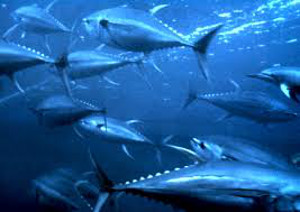 quietude over the sustainability of fish stocks around the world, Asda has published a full list of where and how all the wild fish it sells are obtained.
quietude over the sustainability of fish stocks around the world, Asda has published a full list of where and how all the wild fish it sells are obtained.Campaigners who have been fighting for greater openness from retailers were pleased by the disclosure, which is the first of its kind by the supermarket.
Asda’s director of sustainable business Christopher Brown stated: “Transparency is the right way forward so that if customers want to investigate they can. But stewardship of natural resources is also our responsibility as a large organisation, it’s not just a question of labelling and leaving it for consumers to decide.”
The chain received fish from 64 fisheries in 2013, of which 24 have already been marked "fully sustainable" by the UK Marine Stewardship Council; four are still under assessment, and 10 others are making concentrated efforts to better their sustainability. 13 fisheries, unfortunately, either must improve significantly or have not yet been assessed.
Fisheries requiring significant improvement or assessment from which Asda still purchases are: two Atlantic mackerel fisheries that were the subject of an international dispute over quotas last year and the fisheries for the East Scotland crab, European plaice, European sprat, Norway lobster, rays and skates, yellowfin tuna from the Indian ocean, Great Atlantic and Isle of Man scallop, common sole and squid from the Western Channel, haddock from the Barents Sea and European hake.







